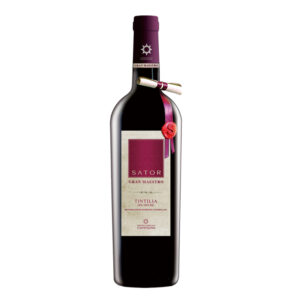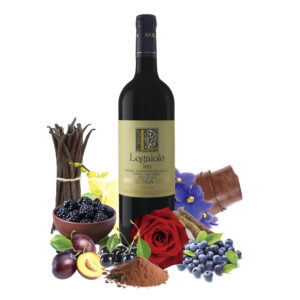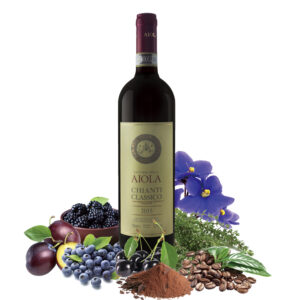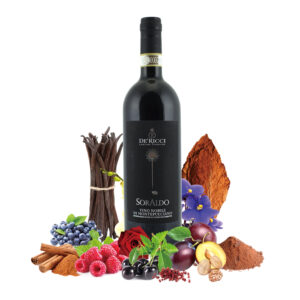Pairing:
Grilled red meat, seasoned cheeses, meat balls in tomato sauce, pasta with meat sauce
Appearance:
There are several different theories about the origins of its name: some believe that «negro» (black) is a clear reference to its very dark colour, a peculiarity which has been particularly appreciated since the times of the Benedictine monks; «amaro» (bitter) could refer to its strong tannins, or to the fact that in the past the wine was left to ferment with the grape-skins for a long time, so that by the end of fermentation it was dark and very bitter. The most probable explanation is that the name Negroamaro derives from the fusion of the Greek word mavros and the Latin word niger, both meaning “black” and referring to the colour of the grapes, so that Negroamaro actually means black-black. As is the case of other Italian vines, the origins of the Negroamaro plant itself are uncertain. It is most likely that it was brought to Italy by Greek colonists in about the 8th century B.C., and found its ideal habitat in this rocky arid region. What is certain about Negroamaro – one of Italy’s most ancient vines – is that it has an ancestral bond with Puglia, and as the symbol of the Salento is more than just a native vine. Vinification: Refermentation in bottle for 36 months on lees. Organoleptic description: A dry red wine.
Tasting Notes:
Color: Light Purple Nose: Fruit notes, such as cherries, plums, blueberry, raspberry, leather and tobacco. Flavor: A vigorous wine that will tantalize your palate with its velvety structure, softened by a light tannin that leaves a nicely slightly bitter aftertaste.

























Reviews
There are no reviews yet.